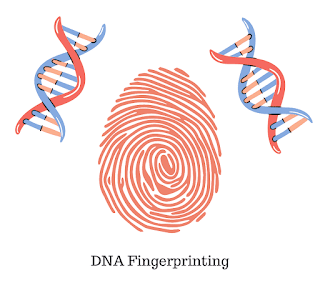Features of Ulna and Radius Bone
1. Ulna
The ulna is situated on the inner (medial) side of the forearm and is longer in length compared to the radius.
At the proximal end of the ulna, there is a distinctive c-shaped indentation called the trochlear notch.
The coronoid process, a prominent bony projection, forms the lower boundary of the trochlear notch at the proximal end of the ulna.
On the anterior side of the ulna, just below the coronoid process, there is a roughened area known as the ulnar tuberosity.
To the lateral side and slightly inferior to the trochlear notch, there is a small and smooth area known as the radial notch.
At the proximal end of the ulna, there is the olecranon, which forms the prominence of the elbow.
2. Radius
The radius is the smaller of the two bones in the forearm and runs parallel to the ulna on the lateral side of the forearm.
The proximal end of the radius features a disc-shaped structure known as the head.
The neck of the radius is the region immediately below the expanded head where the bone narrows.
Inferior to this point on the medial side of the radius, there is a prominent bony projection called the radial tuberosity.
On the medial side of the distal end of the radius, there is a concave surface called the radial notch, which articulates with the head of the ulna.
The distal end of the radius features a pointed projection known as the styloid process of the radius, which provides stability and serves as an attachment point for ligaments in the wrist joint.



